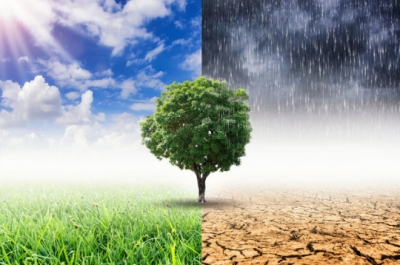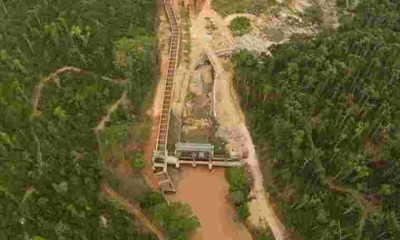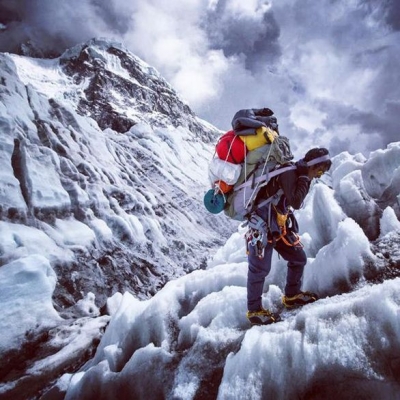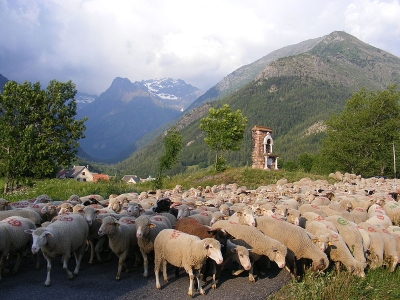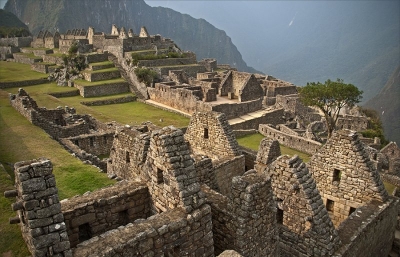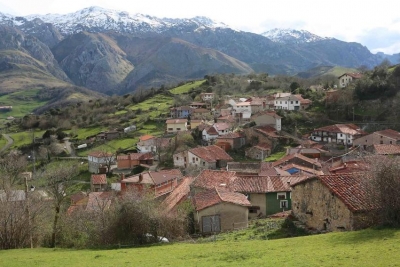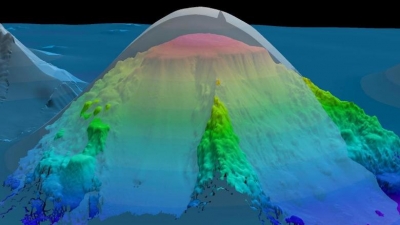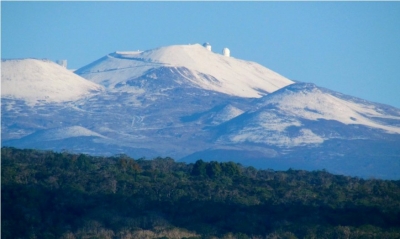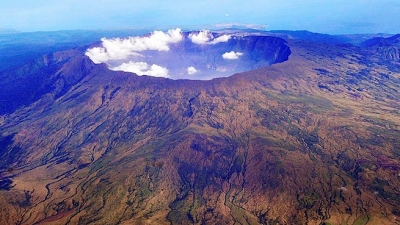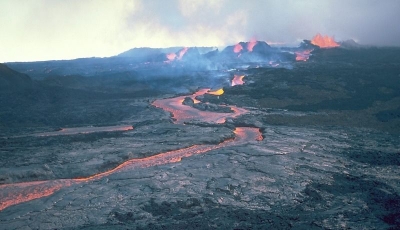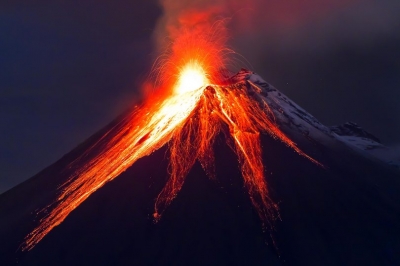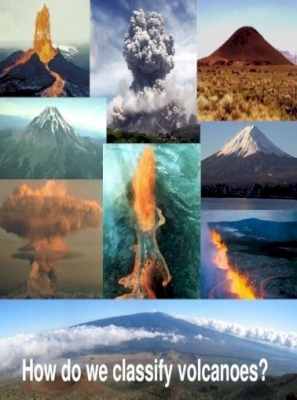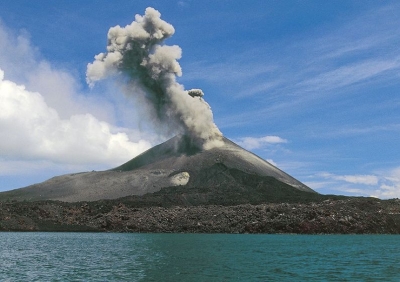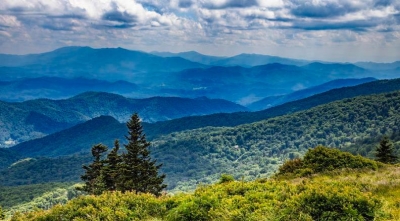How does a shift from traditional to modern methods of cultivation affect mountains?
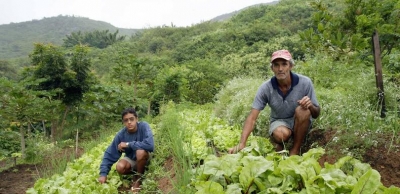
Traditional methods of farming in the mountains involve pastoral farming and growing crops that are native to the region. One of the most popular methods of farming in highlands is called terrace farming. In this method, the hillside is carved into a series of broad steps to grow crops. These steps prevent soil and water runoff and maintain fertility and irrigation in the farm.
These farms were worked in harmony with nature. However, traditional farming requires a lot of manpower and the yield is not enough to be sold commercially. As a result of this, modern farming practices are taking over traditional methods. Terrace farming has given way to direct farming on slopes, which leads to greater soil erosion.
The increased production of cash crops is wiping out native crops from many regions. Chemical pesticides are being used which kill many beneficial species along with the pests. The result of this is that plant diversity is decreasing and many species are becoming extinct. Long term sustainability is being sacrificed for short term gains.
Picture Credit : Google
